Currently Empty: $0.00
Tai Chi Knowledge
Beginner-Friendly Tai Chi Chuan Lessons for Stress Relief
Tai chi, as most folks call it, is an ancient Chinese martial art. It mixes slow, careful moves with deep breaths and focus. Lately, it’s become super popular everywhere. People love it as a gentle workout that boosts health, cuts stress, and makes you feel great. Want to start learning tai chi? Need online tai chi lessons? Curious about the health perks? This guide’s got you covered – from basics to picking a good teacher.
Table of Content
- Tai Chi for absolute beginners: first steps
- Five-minute daily tai chi routine for busy people
- Finding quality tai chi instruction online
- Health benefits of regular tai chi practice
- Comparing different tai chi styles for beginners
- Essential tai chi principles for proper practice
- Common mistakes beginners make in tai chi
- Tai chi equipment and clothing recommendations
- Incorporating tai chi into daily life beyond formal practice
- Tai chi for specific health conditions and populations
- History and philosophy behind tai chi chuan
- Building a sustainable tai chi practice routine
- Conclusion and next steps in your tai chi journey

Tai Chi for absolute beginners: first steps
If you’re totally new to tai chi, it might seem scary at first. But take it step by step, and you’ll have fun learning. Your first tai chi lesson will probably teach you how to stand right. This is key for all the moves.
Newbies start with the wu ji pose – that’s empty stance. Feet apart like your shoulders, knees a little bent, back straight. This basic stance helps you feel your body better and gets you ready for trickier stuff.
Then you’ll practice shifting your weight – learning to move energy smoothly between legs. These basic drills look easy, but they’re super important for getting that smooth tai chi flow. Teachers often start with moves like cloud hands or parting the horse’s mane. These show you the circles that tai chi’s all about.
Another big thing you’ll learn early on? Matching your breath to your moves. Unlike tough gym workouts where you breathe hard, tai chi teaches easy belly breathing that goes with your movements.
At first, timing your breath right feels tricky. But keep at it, and soon you’ll do it without thinking. Here’s the thing – tai chi’s not about going fast. It’s about paying attention to every little move.

Five-minute daily tai chi routine for busy people
Even if you’re crazy busy, quick daily tai chi sessions really help. Just five minutes a day could mean: roll your neck, circle your shoulders, practice your stance, then try a move or two. Doing it every day for five minutes beats one long session a week.
Mornings work great – tai chi can start your day calm and focused. Try this: three minutes standing and shifting weight, then two minutes doing raise hands and push. In the time it takes to make coffee, you can stretch better, get blood flowing, and chill out.
Your phone can help with quick practices. Apps can remind you to practice, and you’ll find tons of 5-minute tai chi videos online.
The cool thing? You can do tai chi anywhere – at work, in a hotel, wherever. Five minutes of mindful movement each day really helps you stress less and feel better.
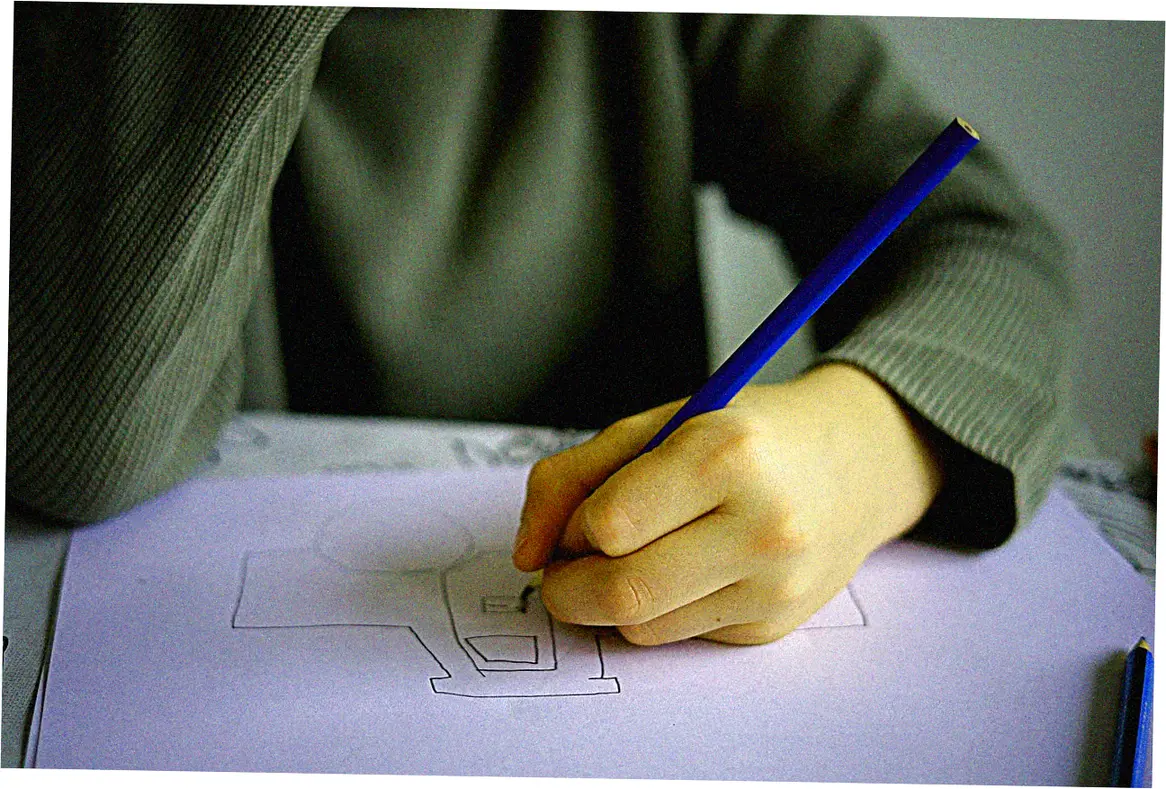
Finding quality tai chi instruction online
Nowadays, you can get real tai chi lessons from anywhere. Check that online teachers really know their stuff – look for Yang, Chen or Wu style credentials.
Good schools online have step-by-step lessons, video collections, and sometimes live classes. This beats random YouTube videos because you learn things in the right order the right way.
Sites like Udemy or martial arts websites have full tai chi courses. Look for courses that show moves from different angles (so you see the feet), give you stuff to download, and let you ask the teacher questions.
Fancy programs might have student groups where you can chat and get help. Online’s handy, but when you get serious, nothing beats a teacher fixing your moves in person.
There’s plenty of free stuff too – YouTube teachers and even college courses. The trick with free lessons is finding the good ones and putting them in order.
Lots of people start with free basics, then pay for more advanced lessons. No matter how you learn, sticking with it and being patient matters way more than who teaches you.
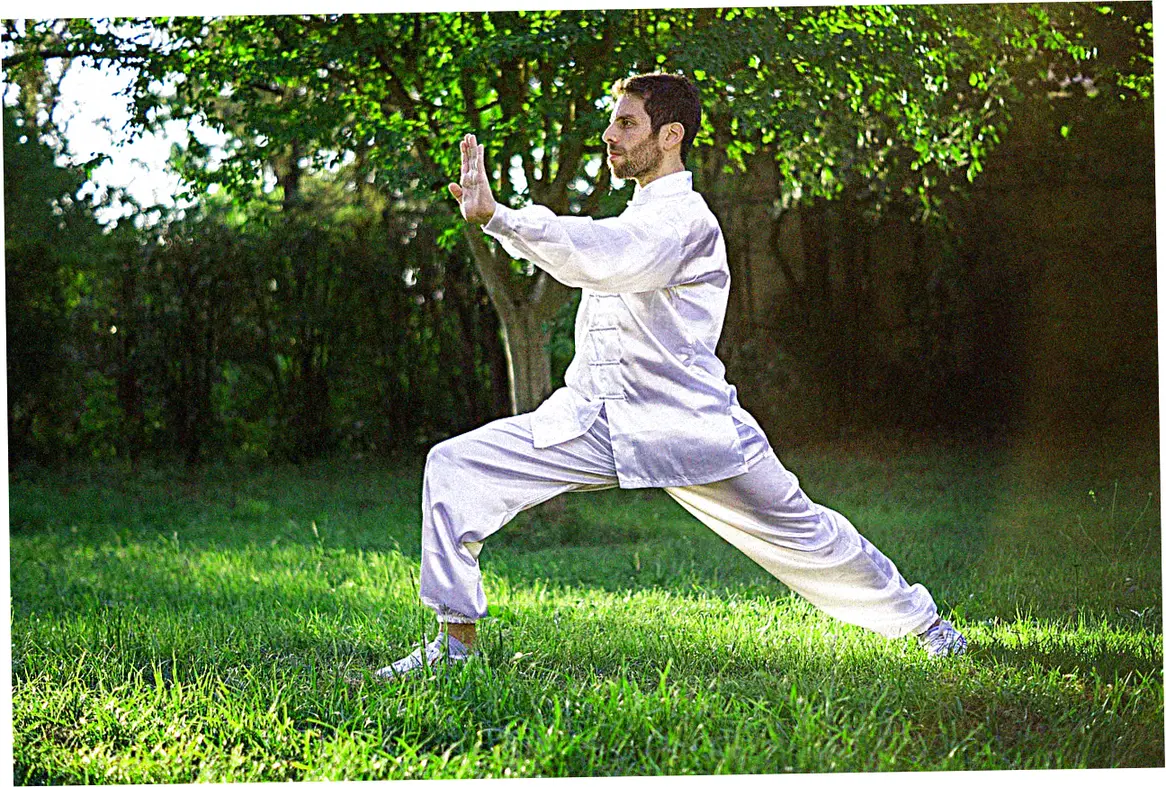
Health benefits of regular tai chi practice
Science now proves what tai chi folks knew all along – this stuff is crazy good for you. Research says it helps older folks stay steady and cuts fall chances by nearly half – awesome for seniors. The slow moves gently make you stronger and more flexible, almost like physical therapy for people who can’t move around much.
It’s great for your heart too. Doing tai chi regularly brings down blood pressure, gets blood moving better, and helps your heart stay healthy.
Unlike killer workouts that beat you up, tai chi helps gently – almost anyone can do it. Heart doctors everywhere now suggest tai chi for recovery.
Where tai chi really shines? Helping your mind. Moving, breathing and meditating together cuts stress hormones, eases anxiety and sadness, and helps you sleep better.
Lots of people say it’s like meditating while moving – you get calm by doing, not just sitting. The more you do it, the better it works – great for staying healthy long-term.

Comparing different tai chi styles for beginners
There are a few main tai chi styles – Yang, Chen, Wu and Sun – all a bit different. Yang style’s big, smooth moves make it the most popular for newbies.
It’s slow and chill but still super healthy. Chen style shows more fighting moves, with quick bursts in the slow flow.
Wu style’s got tighter moves and leans forward – good for small spaces. Sun style mixes in special foot moves from other martial arts. Advanced folks care about these differences, but beginners can pick any style – the basics are the same.
Pick a style based on what you want and how your body is. Want it easy? Try Yang or Sun. Into martial arts? Chen might be your thing.
Most teachers say start with Yang basics, then try others. Teachers put their own spin on styles, so try a few before settling on one.
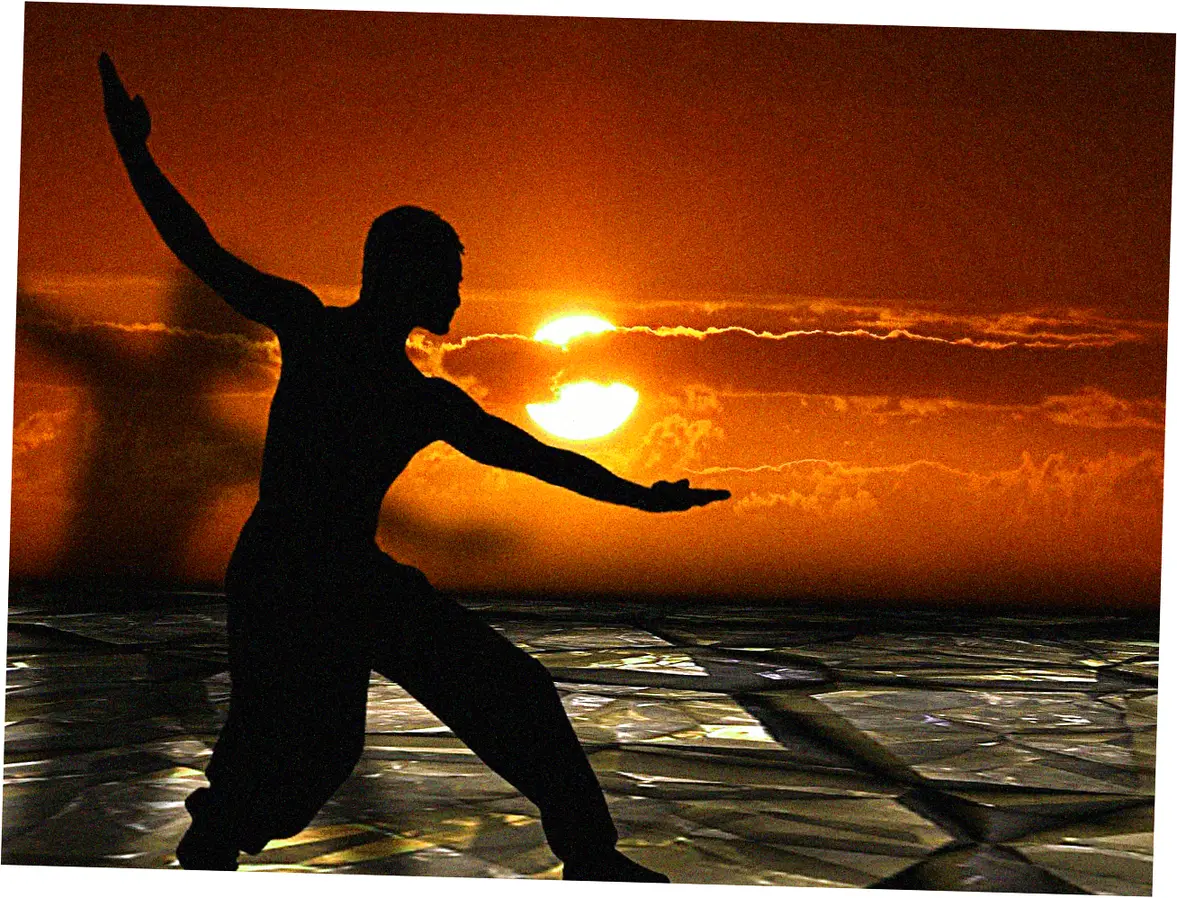
Essential tai chi principles for proper practice
Tai chi works because of some special rules that make it different from regular workouts. Song means relaxed but not floppy – stay loose but keep your shape.
This tricky balance takes practice but lets energy move right. Beginners often hear relax your shoulders countless times before truly understanding how to implement this instruction.
Another fundamental principle is maintaining a straight yet relaxed spine – what masters call suspended headtop. Picture a string pulling up your head gently while your body stays planted.
This lets energy flow best. Similarly, sinking the qi refers to maintaining a low center of gravity while keeping the upper body light – a feeling akin to a tree with deep roots and flexible branches.
Westerners often struggle most with moving from the dantian – that energy spot below your belly button. All tai chi moves start from this core, not your arms or legs – that’s what makes it flow.
At first, newbies worry too much about arms, but later learn to move from their center. These rules turn tai chi from just exercise into deep mind-body training.
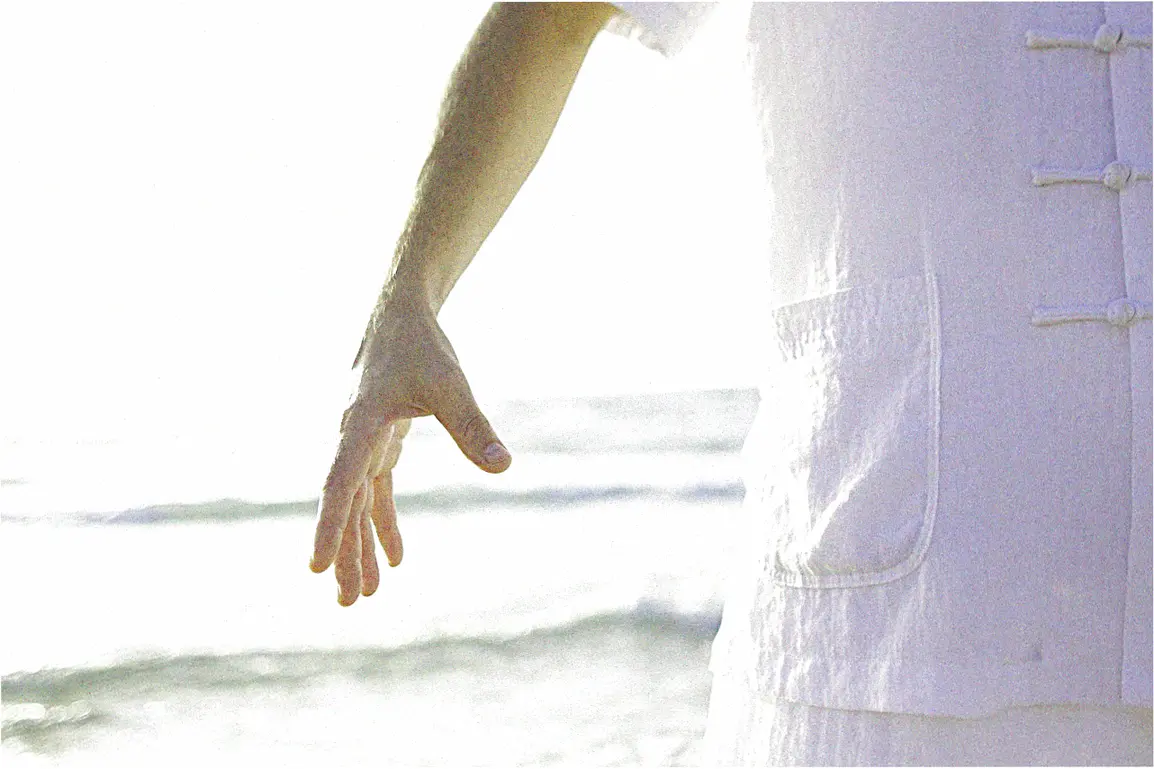
Common mistakes beginners make in tai chi
Beginners often make some typical mistakes that slow them down. Biggest mistake? Going too fast. Tai chi works best when you go slow and pay attention to every move.
Lots of newbies forget to breathe right, messing up tai chi’s breath-move connection. Just remember to breathe out when you push – that helps.
Standing wrong is another common problem. Collapsed chests, locked knees, and tilted pelvises all disrupt energy flow and can cause discomfort.
Mirrors or video recordings help identify these issues, as does working with an experienced instructor. Many students also make the mistake of practicing only the form (the choreographed sequences) without supplemental exercises that build tai chi-specific strength and flexibility.
Perhaps the most subtle mistake is approaching tai chi with a goal-oriented mindset. Unlike gym workouts focused on measurable outcomes, tai chi rewards process-oriented attention.
Progress might manifest as increased comfort in stillness, better stress management, or subtle improvements in movement quality rather than obvious external changes. Embracing this different paradigm is key to long-term engagement with the practice.
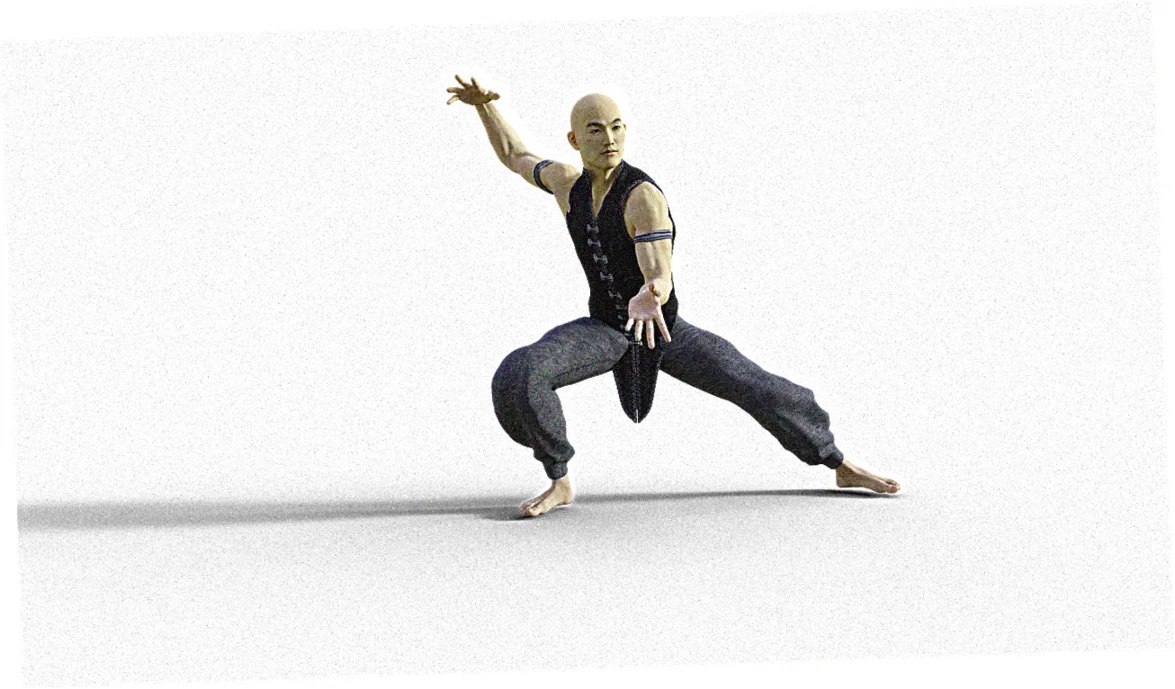
Tai chi equipment and clothing recommendations
One of tai chi’s appeals is its minimal equipment requirements. Comfortable, loose-fitting clothing that allows free movement is essential.
Traditional Chinese silk uniforms aren’t necessary – breathable cotton or moisture-wicking fabrics work perfectly. Flat, flexible shoes with thin soles (like kung fu shoes or minimalist sneakers) help maintain ground connection while protecting feet. Many practitioners prefer barefoot practice on clean, safe surfaces.
Some schools incorporate weapons like the straight sword (jian) or fan in advanced training, but beginners need no special tools. A yoga mat can provide cushioning for knee-sensitive individuals during standing exercises.
For home practice, ensure adequate space – about the size of a yoga mat turned diagonally allows room for basic movements. Some practitioners find small props like stress balls or resistance bands helpful for understanding certain energy concepts.
Technology can enhance practice too. Smartphone apps offer metronomes for pace-setting, posture analysis tools, and guided meditation components.
However, the most valuable equipment is simply a quiet space where you can focus without interruption. Many long-time practitioners find that after initial experimentation, they return to the simplicity of just their body and breath – the true essence of tai chi.
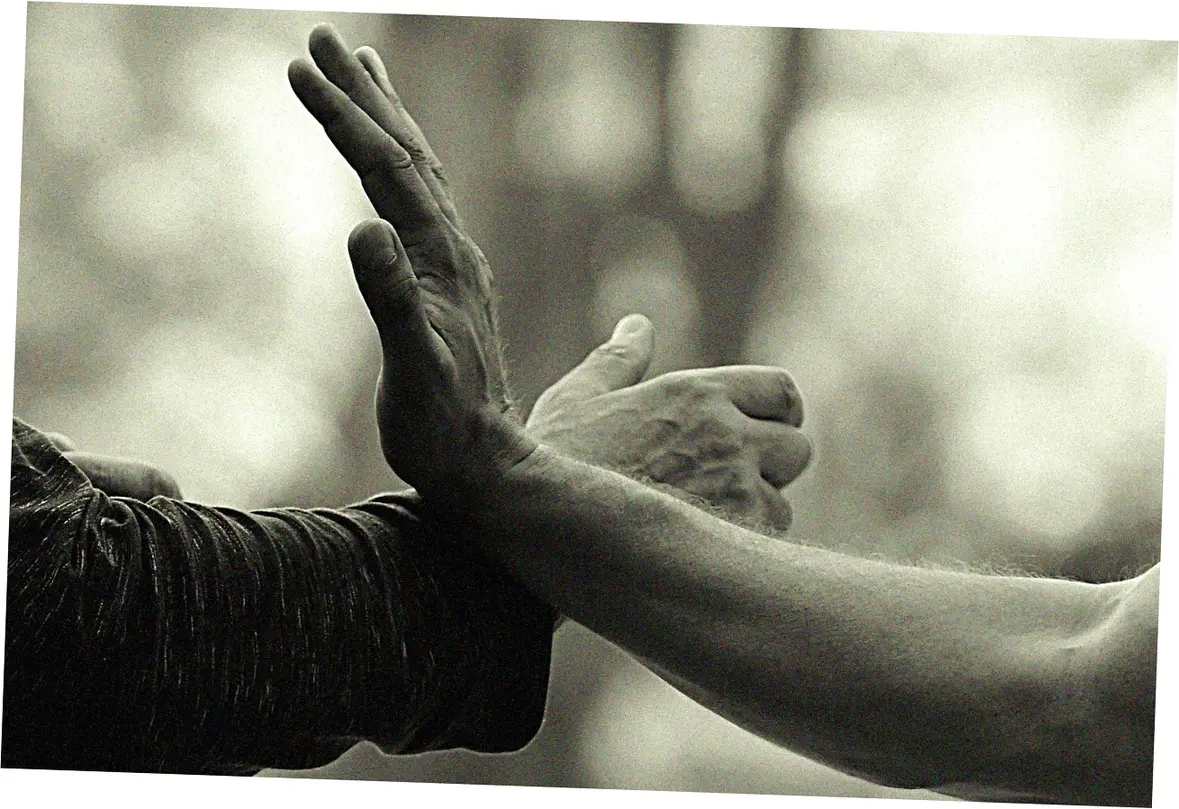
Incorporating tai chi into daily life beyond formal practice
The principles learned in tai chi class offer benefits far beyond practice sessions. Simple techniques like mindful breathing during stressful moments or maintaining proper posture while sitting can dramatically improve daily life. Many practitioners find themselves naturally applying tai chi’s body mechanics when lifting objects or navigating crowded spaces, reducing strain and improving efficiency.
Workplace applications are particularly valuable. Brief tai chi-inspired stretches at your desk combat computer-related stiffness.
The mental focus cultivated in practice enhances concentration during meetings. Some companies now offer lunchtime tai chi sessions recognizing their productivity benefits. Even commuting becomes an opportunity to practice mindfulness and relaxed alertness – core tai chi principles.
Relationships also benefit from tai chi’s emphasis on balance and yielding. The art’s philosophy teaches responding to force with adaptability rather than resistance – a valuable approach to interpersonal challenges.
Many long-term practitioners report that tai chi subtly transforms how they engage with all life’s situations, fostering patience, presence, and resilience. This integration of practice and daily living represents tai chi’s deepest value.
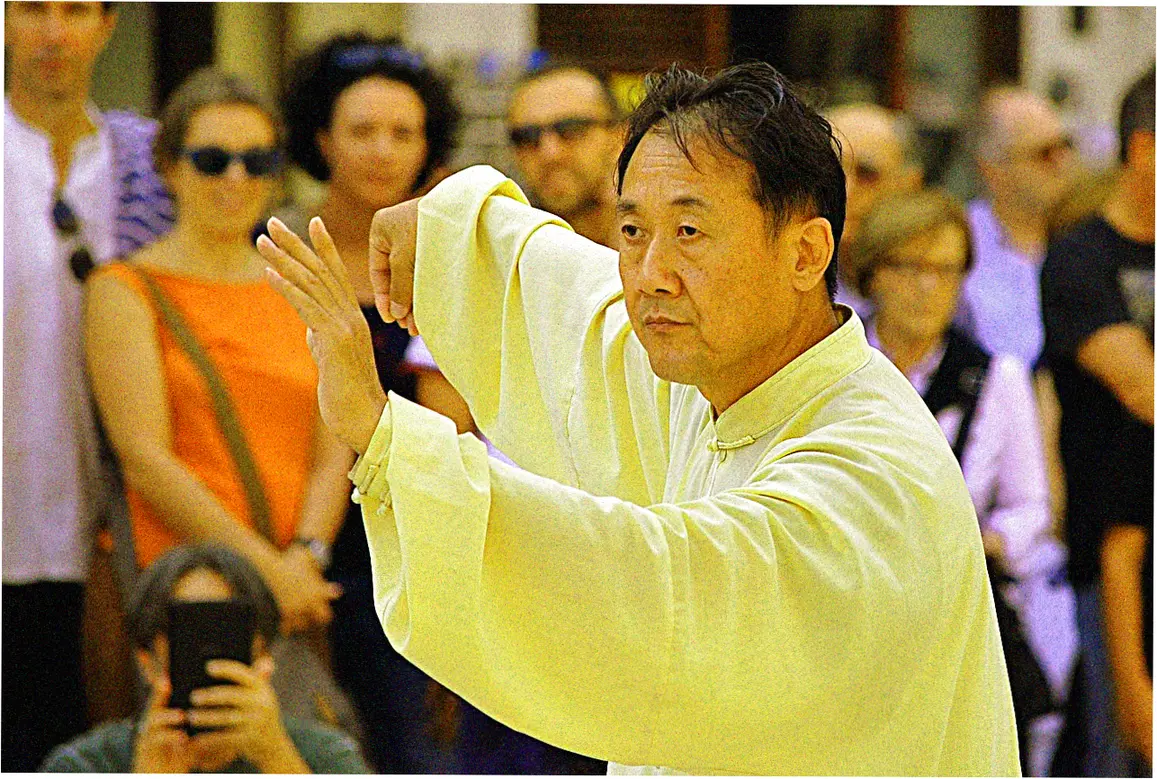
Tai chi for specific health conditions and populations
Medical research has validated tai chi’s therapeutic effects for numerous conditions. Arthritis sufferers benefit from its gentle joint mobilization and muscle strengthening without aggravating inflammation.
Studies show tai chi reduces osteoarthritis pain by 30-40% while improving mobility. For Parkinson’s patients, its emphasis on coordinated movement and balance helps counteract disease symptoms better than many conventional exercises.
Cancer survivors find tai chi helps manage treatment side effects like fatigue and neuropathy. The Memorial Sloan Kettering Cancer Center developed a specialized Tai Chi for Cancer program now used worldwide.
People with chronic pain conditions report reduced discomfort and improved coping skills through regular practice. Even for generally healthy individuals, tai chi serves as excellent cross-training, complementing activities like running or weight training by improving flexibility and body awareness.
Specialized adaptations make tai chi accessible to nearly everyone. Seated tai chi versions accommodate wheelchair users, while simplified forms help those with cognitive challenges.
Prenatal tai chi classes support expecting mothers with gentle movement and breathing techniques. These adaptations demonstrate tai chi’s remarkable versatility as a health-promoting practice across diverse populations.
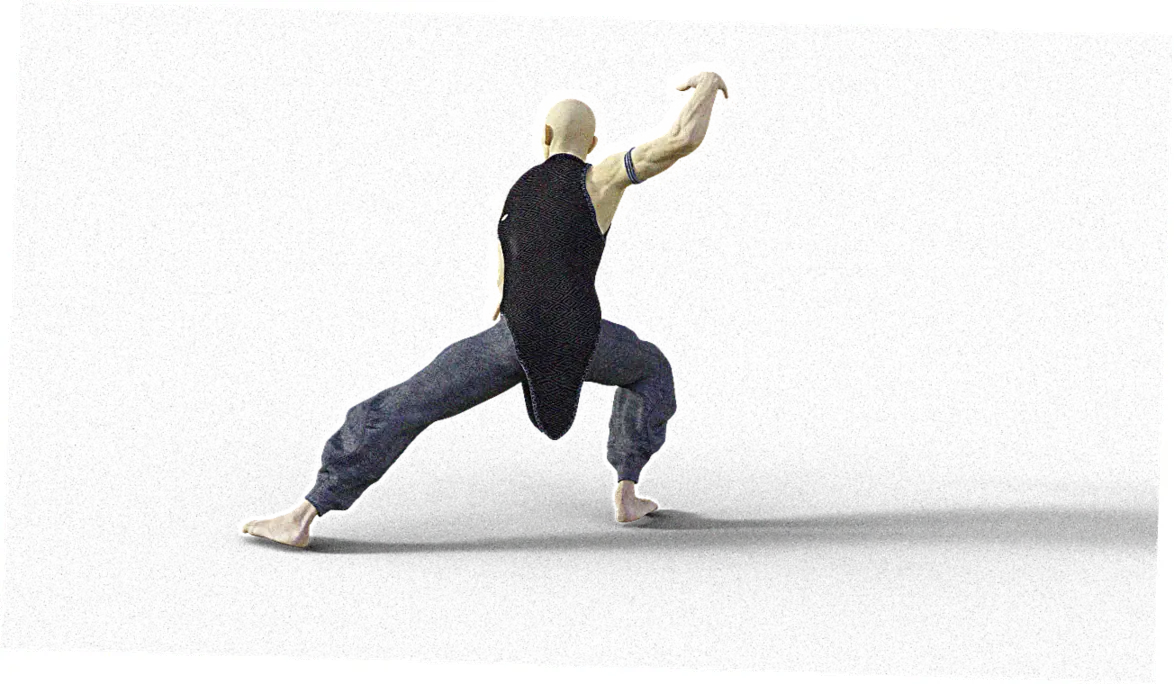
History and philosophy behind tai chi chuan
Tai chi’s origins trace back to 17th century China, with roots in Taoist philosophy and traditional Chinese medicine. Legend credits Chen Wangting, a retired military officer, with synthesizing existing martial arts with qi cultivation practices to create what we now recognize as tai chi. The art remained secret within Chen village for generations before Yang Luchan learned it (some say by stealth) and adapted it into the more widely practiced Yang style.
The name tai chi chuan translates loosely as supreme ultimate fist, referencing the Taoist concept of yin-yang balance. Unlike external martial arts that rely on muscular strength, tai chi cultivates internal power through relaxed alignment and focused intention. This approach reflects Taoist principles of yielding overcoming hardness and softness defeating rigidity – both in combat and life philosophy.
Traditional tai chi training encompassed three aspects: health maintenance, martial application, and spiritual development. While modern practice often emphasizes the health benefits, understanding the martial roots helps explain why movements are structured as they are.
Each posture contains self-defense applications that, when understood, inform correct performance of the health-oriented form. This rich history adds depth to contemporary practice.
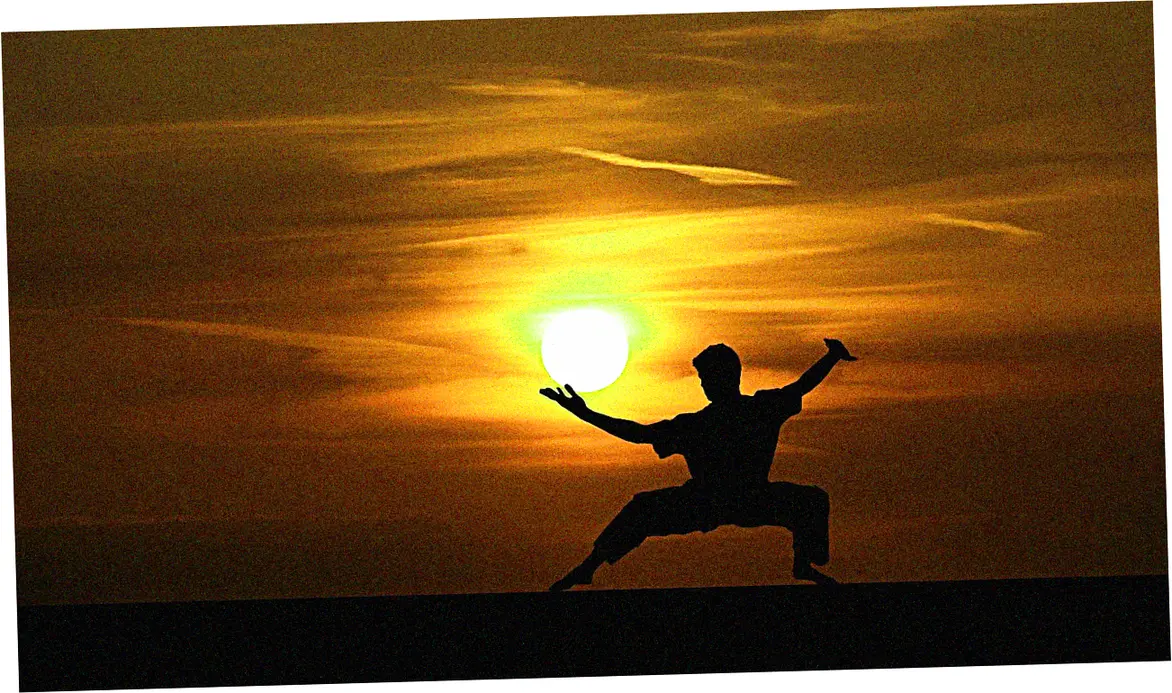
Building a sustainable tai chi practice routine
Consistency matters far more than duration in tai chi. Starting with short, frequent sessions (10-15 minutes daily) establishes a sustainable habit better than occasional long practices.
Many successful practitioners attach their tai chi to existing routines – doing a few movements after morning coffee or before evening showers. These anchors make the practice stick when motivation fluctuates.
Tracking progress helps maintain momentum. Unlike measuring gym PRs, tai chi progress notes might include improved balance, reduced stress responses, or smoother movement transitions.
Some keep practice journals noting insights or challenges. Community support also boosts adherence – whether through local classes, online forums, or practice buddies. Even solo practitioners benefit from occasionally checking in with instructors for course correction.
Seasoned practitioners often describe tai chi as a lifelong journey with constantly deepening layers. What begins as physical exercise evolves into a moving meditation, then perhaps a philosophical path and ultimately a way of being.
This expansive potential makes tai chi uniquely rewarding to sustain over years and decades. The key is approaching it not as a task to complete but as a practice to continually explore.

Conclusion and next steps in your tai chi journey
Tai chi chuan offers a rare combination of physical, mental, and emotional benefits accessible to people of all ages and fitness levels. Whether you seek stress relief, improved mobility, or a deeper mind-body connection, regular practice delivers measurable results.
The journey begins simply – with standing, breathing, and moving with awareness. From these basic elements grows a profound practice that can transform health and quality of life.
Ready to begin? Choose one resource from this guide – perhaps a five-minute daily routine or a recommended online course – and commit to two weeks of consistent practice. Notice subtle changes in your posture, breathing, and stress levels.
Most importantly, approach tai chi with curiosity rather than expectations, allowing its benefits to unfold naturally. Share your experiences with others, and consider joining the global community of millions who’ve found peace and vitality through this ancient art. Your tai chi journey starts now, one mindful movement at a time.
